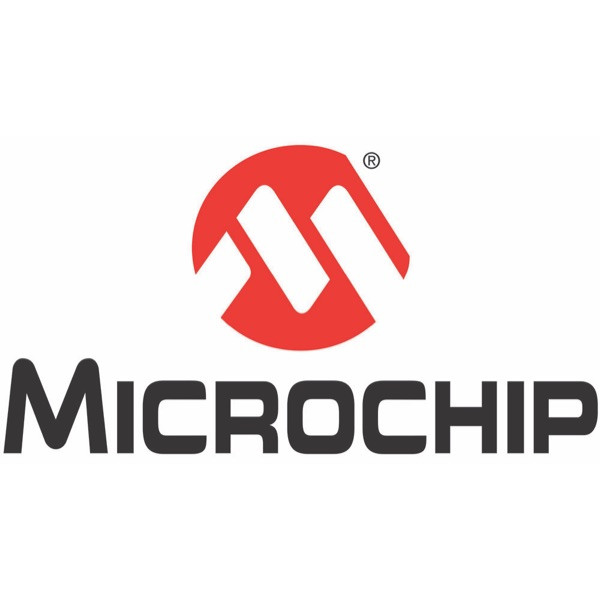Hardware cryptography-enabled 32-bit microcontroller for Internet of Things applications
05-05-2016 |
Microchip Technology
|
Semiconductors
Microchip announced a new hardware crypto-enabled 32-bit microcontroller. The CEC1302’s hardware-based cryptography suite offers significant performance improvements over firmware-based solutions. The device makes it easy to add security to Internet of Things (IoT) devices, offering easy-to-use encryption and authentication for programming flexibility and increased levels of security.
As security threats are increasing exponentially in terms of frequency, targeted devices, malignancy and costs of attacks, the device allows for pre-boot authentication of the system firmware in order to ensure that the firmware is untouched and uncorrupted, thereby preventing security attacks such as man-in-the-middle, denial-of-service and backdoor vulnerabilities. It can also be used to authenticate any firmware updates, protecting the system from malware or memory corruption.
“Including cryptography in the hardware is a game changer in terms of security,” said Ian Harris, vice president of Microchip’s Computer Products Group. “It offers a level of speed and security that just isn’t possible in low-power devices when implemented in firmware. There is a growing need for not just smart but connected devices, especially in IoT applications. Connectivity brings control, sensing and the ability to update system software over the Internet, but it also opens the door to security breaches. The CEC1302 offers sophisticated security capabilities that offer the benefits of a connected device without the security concerns typically associated with being connected to the Internet.”
The device offers private key and customer programming flexibility with a full-featured microcontroller in a single-package solution in order to minimize customer risk. It provides savings in terms of power drain and also improved execution of application performance. The CEC1302 can be used as a standalone security coprocessor or can replace an existing microcontroller. The hardware-enabled public key engine of the device is also 20 to 50 times faster than firmware-enabled algorithms, and the hardware-enabled hashing is 100 times faster.
By Electropages
Electropages is a trusted source of news and insights from the global electronics industry. With a dedicated team of experts and editors, Electropages delivers in-depth articles, product updates, and market trends across sectors such as embedded systems, IoT, connectors, and power solutions. Our mission is to empower engineers and professionals with the knowledge they need to innovate and succeed in a rapidly evolving technological landscape.


